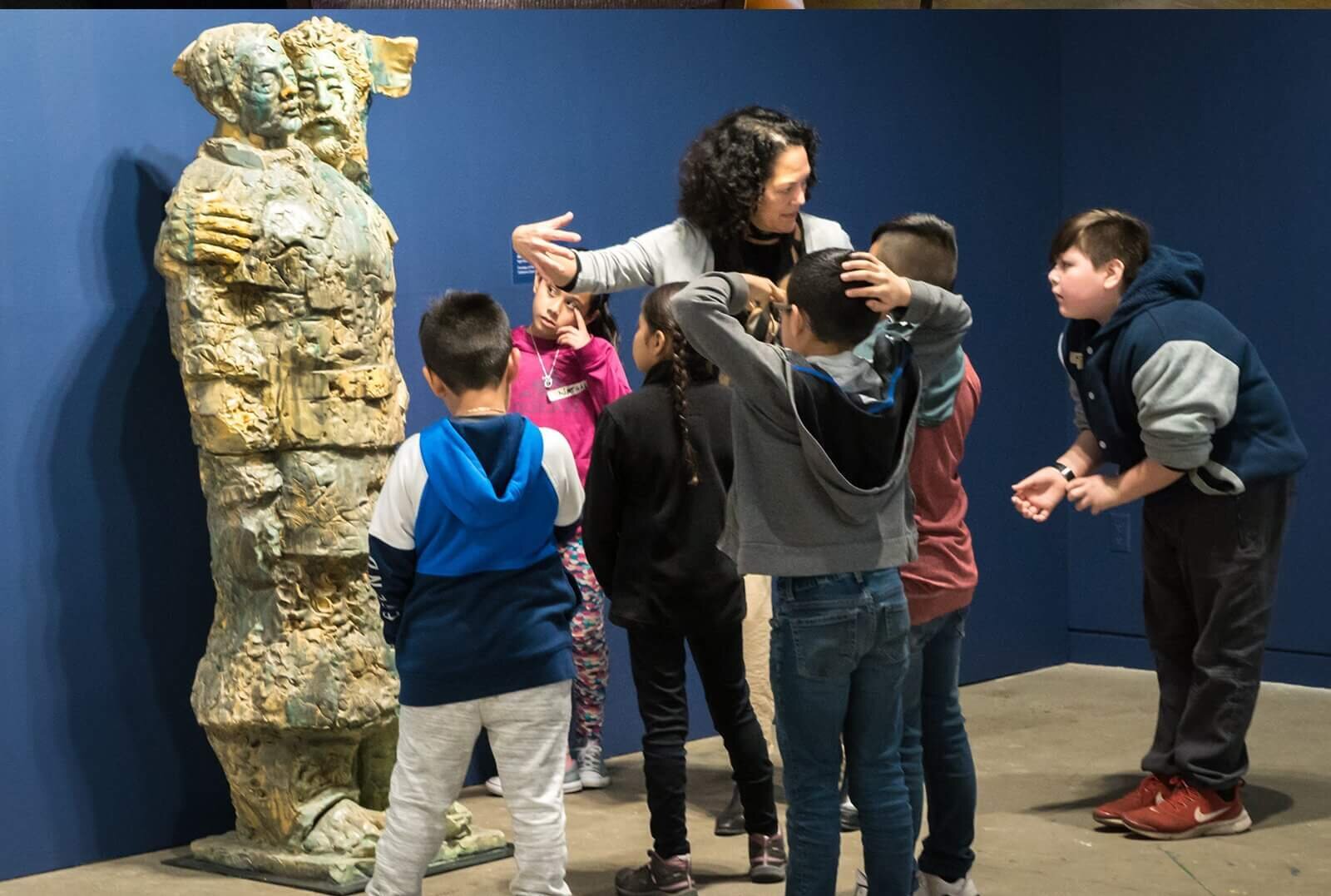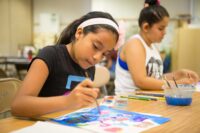The public education system in the Golden State of California used to be legendary, a creative mecca in the 1950s-70s. In developing the world’s top creative economy, California was envied for Educational R&D. It prioritized students’ critical thinking skills and creativity, improved instructional methods for different student learning styles, and was at the forefront of the role of the arts in brain development and human intelligence.
In short, groundbreaking.
On June 6, 1978, something like a Dirty Bomb went off directly hitting California’s world-class public education system: the passage of CA Proposition 13. Forty-five years later, the effects still devastate kids, schools, parents, and the state’s cultural ecosystem. Within hours of its passage, the visual and performing arts programs disappeared from most CA school districts.
Since it was the main source of funding for K-12 education, the schools never recovered, despite some valiant attempts.
Before Prop 13, California’s public education system was considered the Gold Standard by other states, and even other countries. But it quickly fell off the cliff, plummeting to the 46th position in the country in per-pupil funding and quality.
Prop 13 cuts commenced first on visual arts, music, theater, dance, media, world languages, vocational/technical, physical education and then counseling, school psychologists, nurses, librarians, and maintenance workers. California school buildings ran down without funding available to maintain or re-build facilities, unless neighborhoods passed bonds.
As a young Colorado arts educator in Colorado in 1978, I remember hearing the news like it was yesterday. “Can you believe one of the best public school systems in the world will be decimated? Why?” asked Colorado educators.
Fast forward four decades later – my husband and I retired to the Bay Area after careers devoted to arts education and social emotional learning. It didn’t take long for us to recognize the after-effects of Prop 13 with signs that school districts and communities were suffering from financial starvation.
Common services like parks, recreation centers, bike paths, arts centers and comprehensive TK-12 school programs had become privatized, left to benefactors or simply cut. Elementary kids lost access to quality arts teachers and time during the school day for music, visual art, dance and drama education.
Luckily our district’s secondary schools have maintained a good variety of visual arts classes thanks to generous nonprofits, but music, drama, dance are hurting from the lack of sustainable funding sources.
So do the math: there are now three generations of Californians educated by an incredibly inequitable education system. The arts have been proven to engage students, which leads to improved behavior and social and emotional health. And when schools include the arts as core curriculum, mandated by the state, standardized test scores improve significantly.
Thankfully, a new day is coming for Californians in December as a transformation happens before our eyes. Voters spoke in November as they passed CA Proposition 28, forever funding for arts education in public schools. It’s a California Constitutional change.
Money for Sonoma Valley Unified School District’s TK-12 arts education is estimated to be about $500,000 for arts education every year. Finally, creativity will become a priority for our kids in their schools.
In preparation, SVUSD’s visual and performing arts teachers, elementary teachers, parents, board members and administrators have finished writing a strategic arts education five-year improvement plan to guide the district for a sustainable arts education system. Starting with the elementary visual and performing arts, it will expand over five years to include secondary arts education.
Many of our educational leaders are championing the power of the arts to transform children’s lives and are raising the curtain on new programs. The district’s strategic arts education plan was done in partnership with Creative Bridges, an alliance of 40+ valley nonprofits advocating for equitably improving TK-12 arts education for every child.







YESS! Thank you–students will reap such benefits from this! & love the partnership with Art Escape that at least Flowery School has.